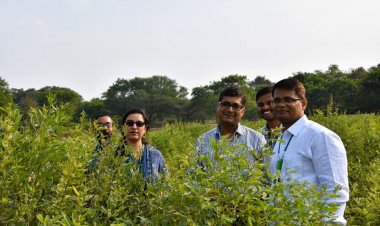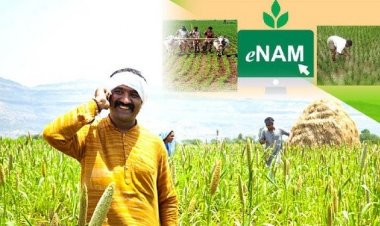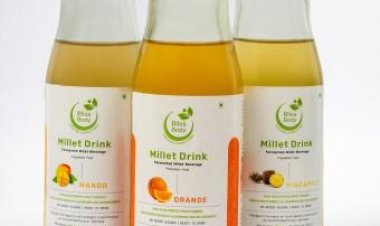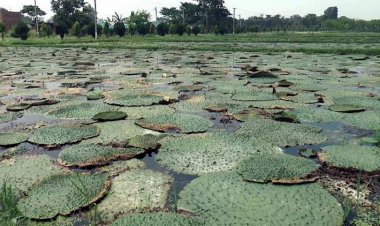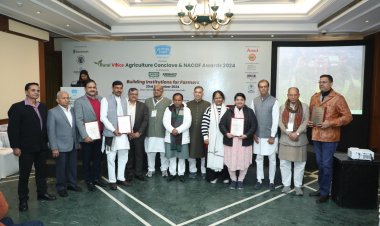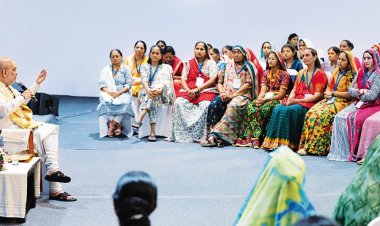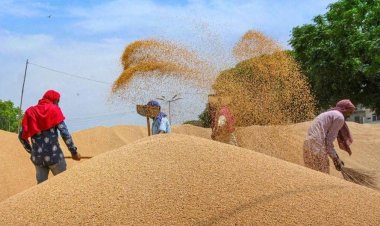Retractable-roof polyhouse to give better crop protection, higher yields
A retractable-roof polyhouse has a roof that can be opened and closed, partially or fully. The grower can open the roof when weather conditions are favourable to plant growth and the roof can be closed when the crops need protection. Vegetables that can be grown in a retractable-roof polyhouse include cucumber, cherry tomato, cabbage, capsicum, broccoli, lettuce, bitter gourd, cauliflower, coriander, spinach, etc. Besides, it is also suitable for high-value flowers of carnation, gerbera and orchids.

Indian farmers face a number of problems such as excessive or insufficient cold, heat, rain, wind, and other factors associated with insufficient transpiration. Also, crop loss in India due to insects and pests is about 15 per cent at present. And this loss may increase as climate change lowers the plant defence system against insects and pests.
To some extent, these problems can be overcome by a conventional polyhouse. A conventional polyhouse has a stationary roof to reduce the effect of weather anomalies and pests. However, there are disadvantages of roof covering. It sometimes leads to excessive heat and insufficient light (early morning). Besides this, a conventional polyhouse is also prone to insufficient levels of CO2, transpiration and water stress. So, a combination of open-field conditions and conventional-polyhouse conditions is a more robust way to deal with climate change and associated problems in the future.
Prof. (Dr) Harish Hirani, Director, CSIR-CMERI briefed that CMERI Extension Centre, Ludhiana, has indigenously developed “Retractable Roof Polyhouse Technology”. This all-weather structure will have an automatic retractable roof which will be operated based on weather conditions and crop requirements from the conditional database using PLC software. This developed technology will help farmers cultivate both seasonal and off-season crops.
Dr Nachiket Kotwaliwale, Director, ICAR-CIPHET, Ludhiana, inaugurated the “Retractable roof polyhouse technology” at CMERI Extension Centre, Ludhiana, in the presence of Prof. Hirani.
Jagdish Manikrao, Senior Scientist, who has led the research team on the development of this technology, explained that the retractable roof is used to manipulate the quantity, quality and duration of sunlight, water stress, humidity, carbon dioxide levels, and crop and soil temperatures. The cropping area in the retractable roof polyhouse is about 384 square metres.
A retractable-roof polyhouse has a roof that can be opened and closed, partially or fully. The grower can open the roof when weather conditions are favourable to plant growth and the roof can be closed when the crops need protection. When the roof is open, a polyhouse of this type provides plants with increased light levels and fresh air.
Vegetables that can be grown in a retractable-roof polyhouse include cucumber, cherry tomato, cabbage, capsicum, broccoli, lettuce, bitter gourd, cauliflower, coriander, spinach, etc. Besides, it is also suitable for high-value flowers of carnation, gerbera and orchids.
Crops grown in a retractable-roof polyhouse have a greater shelf life compared to those in a conventional one. A retractable-roof polyhouse prevents crops from over-heating by cutting infrared radiation since the crops are more photosynthetically active than in conventional growing methods. The plants tend to have better yield and quality. There is less requirement of pesticide use as the crop is less susceptible to pests and diseases.
The cost to build a retractable-roof polyhouse is Rs 1,500-3,000 per square metre depending on the level of automation.



 Join the RuralVoice whatsapp group
Join the RuralVoice whatsapp group

















